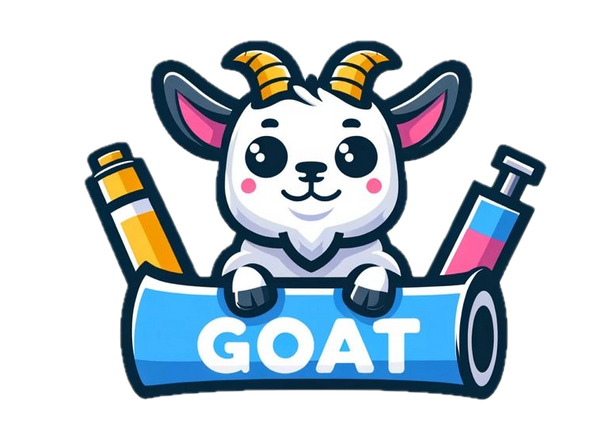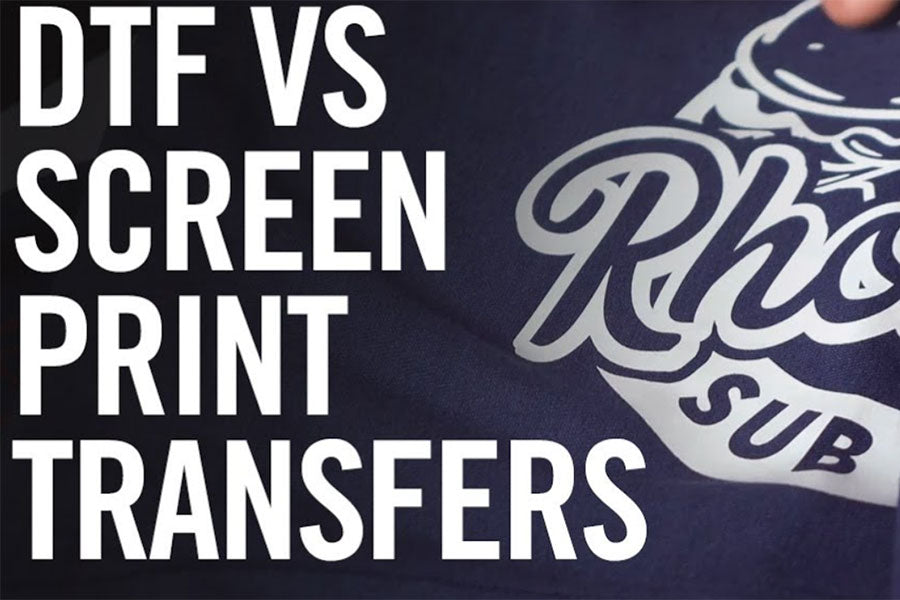In the trending world of customization, people want something unique that is specially designed for them. To satisfy this need, you can create and transfer your designs to your favourite apparel in two ways: screen print and DTF transfers. These two methods have emerged as the best, offering unique advantages and considerations. Below is some information about Screen Print vs DTF transfers.
DTF Transfer
DTF transfer uses a heating process to print designs onto a transfer film. Then, heat press transfers the transfer film, facilitating the design transfer onto the final garment. This method is particularly effective for challenging materials like polyester, making DTF transfer the best choice for creating designs on sportswear and outerwear, such as hoodies and T-shirts.
With DTF printing, you can easily create detailed designs for clothes.
ADVANTAGES OF DTF transfers
One of the best advantages of DTF printing is its versatility. DTF printing has no colour restriction, is more economical, has fast shipment, applies to a variety of items and produces less waste than screen printing. DTF printing can produce high-quality prints on various surfaces, including light and dark fabrics,non-cotton fabrics, and hard surfaces like metals and ceramics.
Additionally, the process is more costly and time-efficient than the traditional method of printing on textiles. This makes it ideal for creating creative designs for customers.
‘’RISING DEMAND’’
DTF transfer printing has gained popularity due to its versatility and the ability to produce detailed, vibrant, and long-lasting prints. This technology offers several benefits, including the ability to print on light and dark-coloured fabrics, complicated designs and the capacity to handle various textile materials. Due to its versatility and ease of use, the DTF printing market has grown rapidly. Experts predict that by 2026, the market for direct-to-film printing will be worth billions of dollars. This growth is partly due to the increasing demand for more delicate and customized designs.
SCREEN PRINTING TRANSFERS:
Screen printing is a printing technique that uses a fabric mesh to support an ink-blocking stencil. The attached stencil forms open areas of mesh that transfer ink or other printable materials, which can be pressed through the mesh onto the substrate. Screen printing, also known as silk screening or serigraphy, is a commonly used method for printing on various materials, including textiles such as t-shirts, tote bags, and garments, as well as labels, posters, signing boards, and many more. It is known for its versatility, durability, and ability to produce vibrant colors and intricate designs. In screen printing, the design can utilize one shade of ink or several. For multicolored items, the colors must be applied in individual layers, using separate stencils for each ink.
THE GROWING MARKET FOR SCREEN PRINTING:
Everyone knows about silk screen printing. It is only used for printing T-shirts and simple posters. However, as we know, the 21st century has produced new inventions, and screen printing is one of them. Screen printing is likely to remain a valuable and versatile printing method. Especially ones that require high durability, vibrant colours, and customization options. As the industry changes, adaptation to new technologies and market demands are coming up.
Before starting a customization business, the technology decision is one of the most challenging decisions for the owner. In the screen printing transfer vs DTF guide, we will review the tips you must choose. The choice selection depends on design complexity, set-up cost, fabric compatibility, desired durability, production volume, details and environmental considerations.
Each method offers unique benefits, and the selection of type depends upon the owner's requirements and priorities of the printing project.
WHAT IS DIFFERENCE BETWEEN BOTH OF THEM?
New inventions and innovations can indeed pose challenges when adapting to market shifts. Each emerging technology requires thorough research to uncover its strengths and weaknesses, enabling businesses to navigate the changing landscape effectively. DTF printers provide an opportunity to print a high number of transfers. However, the exact number of transfers depends on achieved based on factors such as printer quality, ink, durability and so on
Screen printing can create outstanding designs but needs to be faster due to its screen preparations and application. DTF printing is quicker and more flexible, suiting today's speedy demands.
COMPARISON BETWEEN SCREEN PRINTING VS DTF TRANSFER AND TRANSFERS’
DTF transfers are great for colourful designs on dark fabrics, providing cost-effectiveness for large and small print runs. In contrast, screen printing flourishes in handling large print volumes, particularly with simple designs, owing to its flexibility and cost-effectiveness in large-scale production. When dealing with projects featuring intricate, multi-colour designs across various quantities. For DTF solutions Goattransfer.com emerges as the superior choice. In contrast, screen printing remains the ideal solution for simple designs in bulk quantities.
Why Goat Transfer?
Goat transfer offers ease of access. All you need is a heat press and a delivered printing sheet from Goat Transfers. You don't have to worry because we don't have any minimum order range. You can order as many artworks as you like.

